
Audio PreAmp MIC (dynamic)
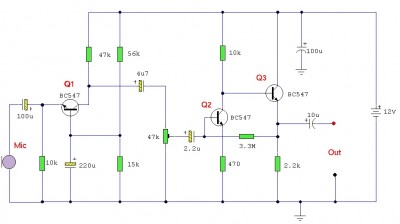
This is an audio preamplifier for dynamic microphones with an output impedance of 200-600 ohms and a low-noise pre-amplifier ideal for signal strengthening. It features a three-stage discrete amplifier with gain control. Transistor alternatives such as BC109C, BC548, BC549, and BC549C can be used with minimal impact on performance. The first stage of the preamp mic circuit is built around Q1, which operates in a common base configuration. Although it cannot be used in the audio stage, Q1 enhances low-noise operation and improves the overall signal-to-noise ratio. Q2 and Q3 form a direct-coupled amplifier, similar to previous preamp mic designs. When the signal from a dynamic microphone is low, typically less than 10mV, the collector voltage of Q1 is insufficient to reach half the supply voltage. In power amplifiers, biasing at half the supply voltage allows for maximum voltage and overload margin; however, with low input signals, any value within the linear operating range is acceptable. Q1 operates with a collector voltage of 2.4V and a low collector current of about 200µA, ensuring low noise and increasing the input impedance of the stage to approximately 400 ohms. This preamp is a valuable addition for any dynamic microphone with an impedance between 200 and 600 ohms.
The audio preamplifier circuit is designed to optimize performance for dynamic microphones, which typically exhibit low output signals. The three-stage discrete amplifier architecture enhances the microphone's output, allowing for clearer and more robust audio signals. The choice of transistors such as BC109C, BC548, BC549, and BC549C provides flexibility in component selection while maintaining similar electrical characteristics.
In the first stage, the common base configuration of Q1 is particularly effective for low-noise operation. This configuration minimizes the effects of input capacitance and provides a high input impedance, which is crucial for capturing weak audio signals. The direct coupling of Q2 and Q3 in the subsequent stages allows for efficient signal amplification without introducing significant phase shifts or frequency response issues.
The design ensures that even when the input signal is below 10mV, the preamplifier can effectively boost the signal without distortion. The biasing of Q1 at 2.4V and a collector current of 200µA is a critical aspect of the design, as it balances noise performance with the need for sufficient gain. The resulting input impedance of around 400 ohms further enhances compatibility with a wide range of dynamic microphones.
Overall, this audio preamplifier circuit is well-suited for applications requiring high-fidelity audio capture from dynamic microphones, making it an essential component in professional audio equipment and recording setups.Here is audiopreamp mic(dinamic). 200-600-ohm output impedance and low noise pre-amplifier for dynamic microphone is ideal for strengthening. This is a three-stage discrete amplifier with gain control. Alternatives such as the BC109C transistors, BC548 BC549, BC549C may be used with little change in performance.
Thepreamp mic circuit first stage is built around Q1 operates in common base configuration. It can not be used in the audio stage, but in this case allow Q1 to improve low-noise operation and the overall signal to noise ratio. Q2 and Q3 form a direct coupled amplifier, similar as with my previouspreamp mic. When the signal from a dynamic microphone is low, usually much less than 10mV, then there is too little to be gained by the collector voltage of Q1 voltage to half the supply voltage.
Here is a schematic PreAmp MIC: In power amplifiers, bias, half the supply voltage allows maximum voltage and maximum overload margin, but where the input is low, any value in the linear part of the operating system is quite nature. Here Q1 operating with the collector voltage of 2. 4 V and a low collector current of about 200uA. This ensures a low collector current low noise and also increase the input impedance of the stage to about 400 ohms.
This is a great addition to preamp mic any dynamic microphone with an impedance between 200 and 600 ohms. We aim to transmit more information by carrying articles. Please send us an E-mail to wanghuali@hqew. net within 15 days if we are involved in the problems of article content, copyright or other problems.
We will delete it soon. 🔗 External reference
The audio preamplifier circuit is designed to optimize performance for dynamic microphones, which typically exhibit low output signals. The three-stage discrete amplifier architecture enhances the microphone's output, allowing for clearer and more robust audio signals. The choice of transistors such as BC109C, BC548, BC549, and BC549C provides flexibility in component selection while maintaining similar electrical characteristics.
In the first stage, the common base configuration of Q1 is particularly effective for low-noise operation. This configuration minimizes the effects of input capacitance and provides a high input impedance, which is crucial for capturing weak audio signals. The direct coupling of Q2 and Q3 in the subsequent stages allows for efficient signal amplification without introducing significant phase shifts or frequency response issues.
The design ensures that even when the input signal is below 10mV, the preamplifier can effectively boost the signal without distortion. The biasing of Q1 at 2.4V and a collector current of 200µA is a critical aspect of the design, as it balances noise performance with the need for sufficient gain. The resulting input impedance of around 400 ohms further enhances compatibility with a wide range of dynamic microphones.
Overall, this audio preamplifier circuit is well-suited for applications requiring high-fidelity audio capture from dynamic microphones, making it an essential component in professional audio equipment and recording setups.Here is audiopreamp mic(dinamic). 200-600-ohm output impedance and low noise pre-amplifier for dynamic microphone is ideal for strengthening. This is a three-stage discrete amplifier with gain control. Alternatives such as the BC109C transistors, BC548 BC549, BC549C may be used with little change in performance.
Thepreamp mic circuit first stage is built around Q1 operates in common base configuration. It can not be used in the audio stage, but in this case allow Q1 to improve low-noise operation and the overall signal to noise ratio. Q2 and Q3 form a direct coupled amplifier, similar as with my previouspreamp mic. When the signal from a dynamic microphone is low, usually much less than 10mV, then there is too little to be gained by the collector voltage of Q1 voltage to half the supply voltage.
Here is a schematic PreAmp MIC: In power amplifiers, bias, half the supply voltage allows maximum voltage and maximum overload margin, but where the input is low, any value in the linear part of the operating system is quite nature. Here Q1 operating with the collector voltage of 2. 4 V and a low collector current of about 200uA. This ensures a low collector current low noise and also increase the input impedance of the stage to about 400 ohms.
This is a great addition to preamp mic any dynamic microphone with an impedance between 200 and 600 ohms. We aim to transmit more information by carrying articles. Please send us an E-mail to wanghuali@hqew. net within 15 days if we are involved in the problems of article content, copyright or other problems.
We will delete it soon. 🔗 External reference
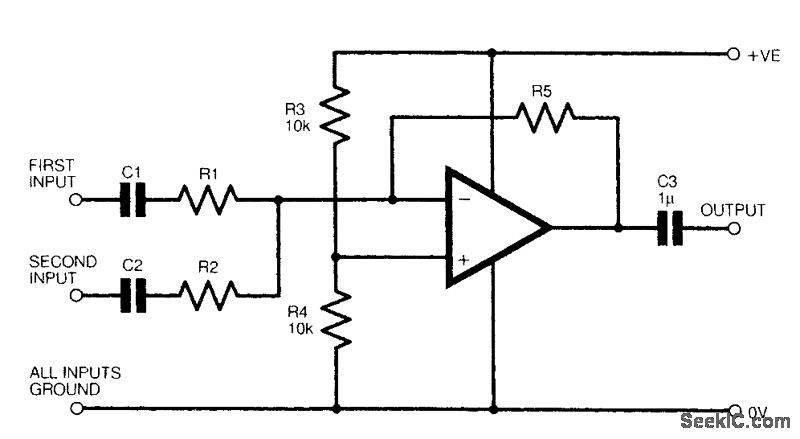
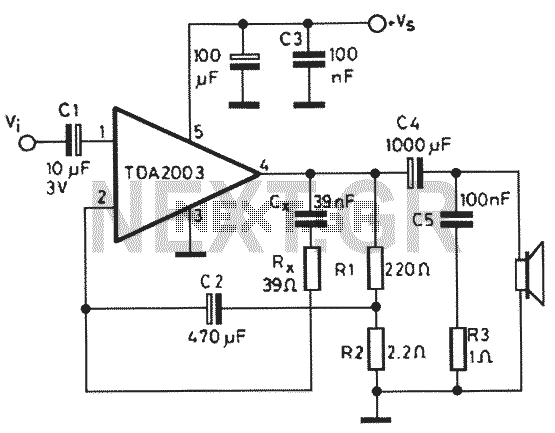

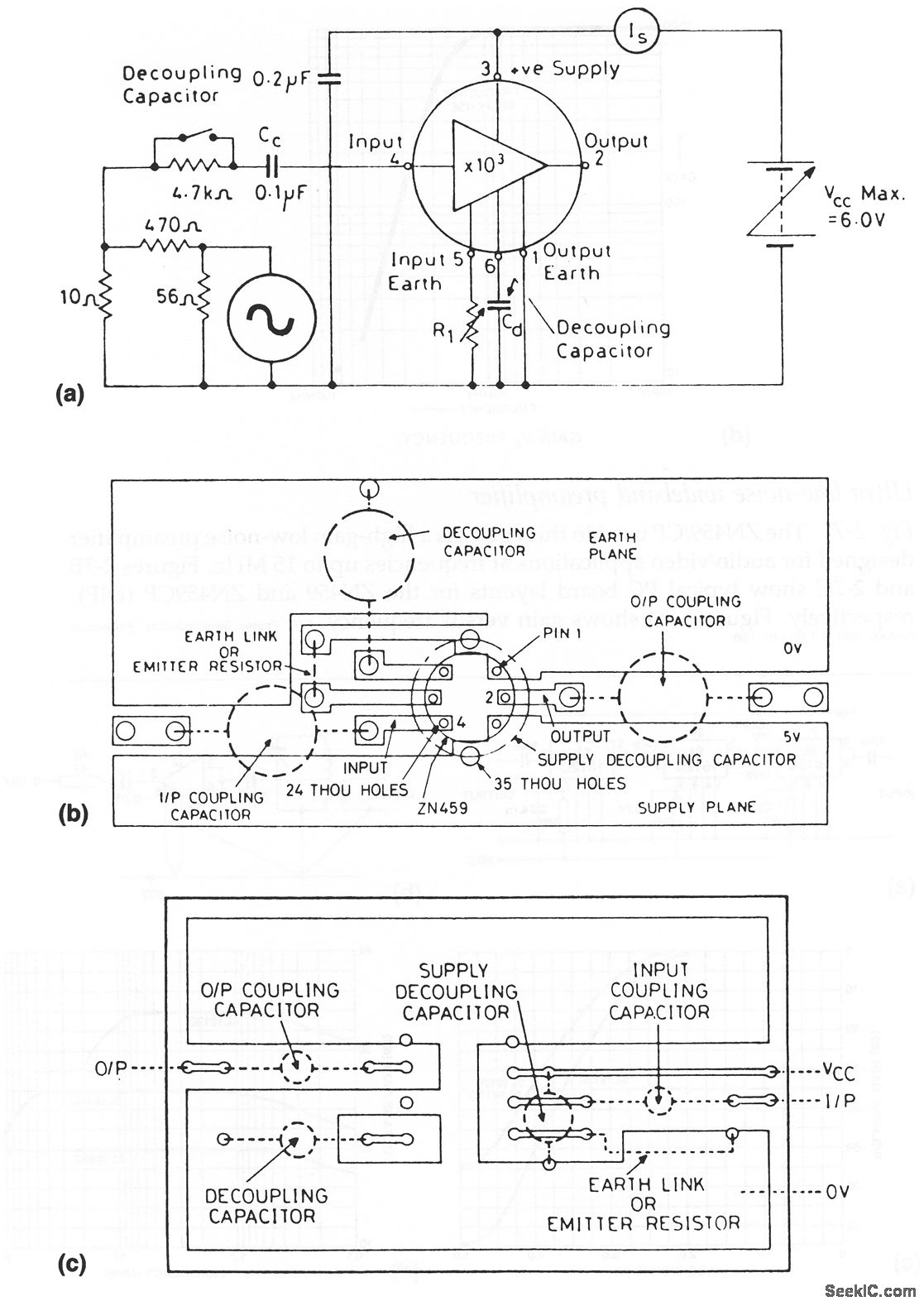
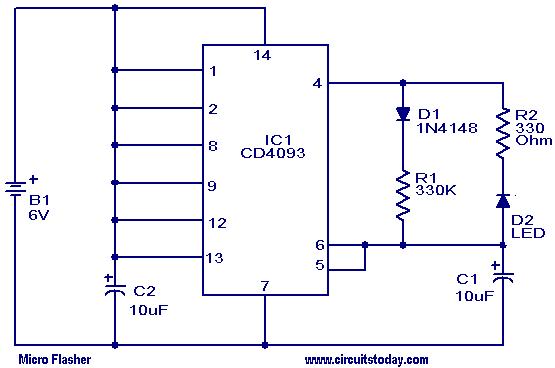
.jpg)